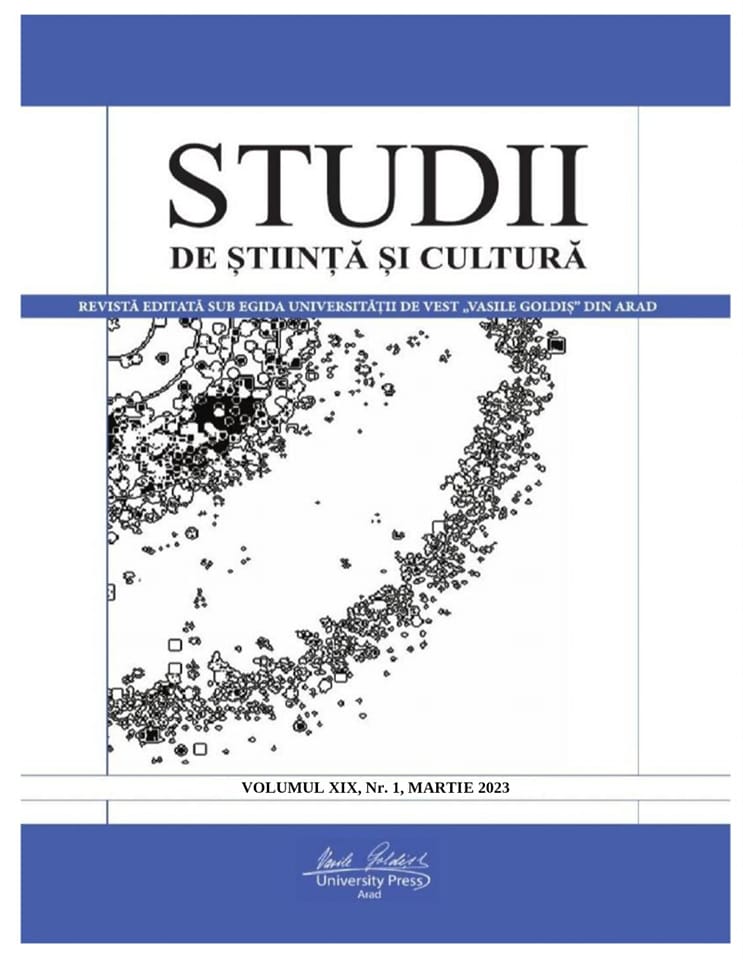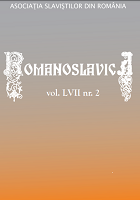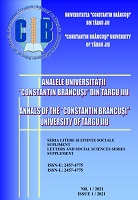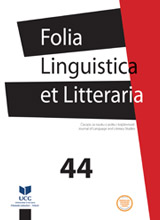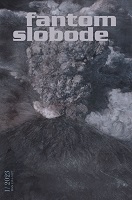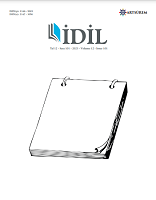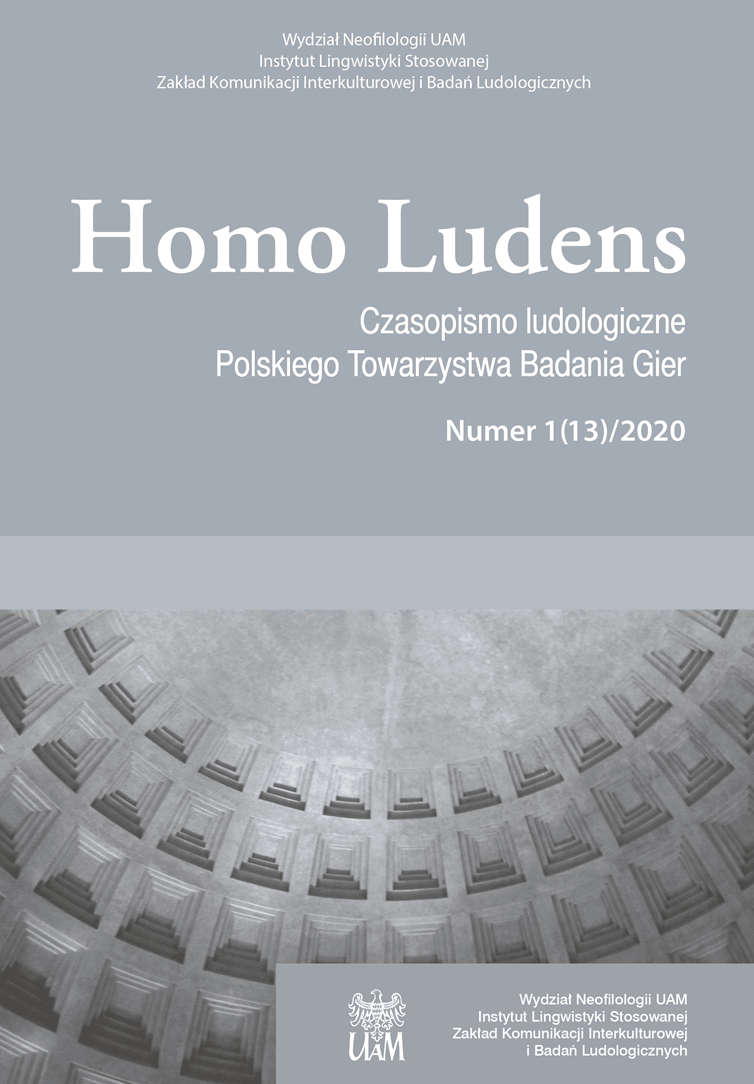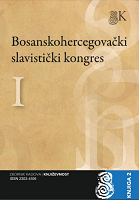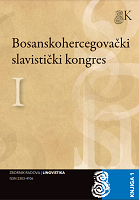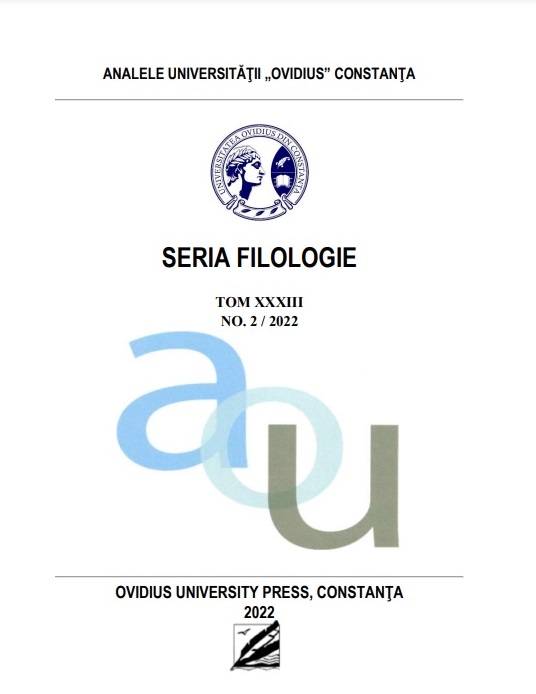
Stepping out of the Box – How Technical Terminology from Other Fields can Morph into the Business Discourse
The present article attempts to investigate how terms from various fields that are incongruous with the business discourse may carve their way in two types of business writing, namely in the report and the SWOT analysis. Even though these genres exhibit divergent features in terms of structure and purpose, they are nested within an economic context, abounding in a specific terminology. With this in mind, the paper expounds the way in which phrases imported from marriage, art, medicine and the military lend themselves to being used as synonyms for economic phenomena. For this purpose, we survey the assignments of students and conclude that technical expressions from the four areas breathe more life into the business language, as they provide a new framework within which the classical economic context can broaden its horizons, hence it better captures the most appropriate nuances. In this way, the metaphors stemming from other domains gain access to business texts, where they delicately complement, or explicitly reinforce essential information. Such qualities of the non-economic jargon help not only to skillfully convey specific messages but also to deepen the understanding of economic trends.
More...
